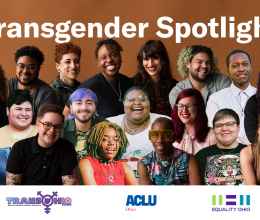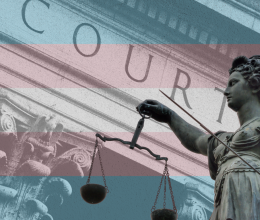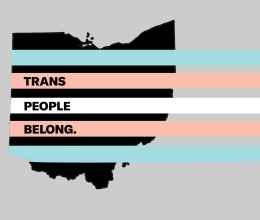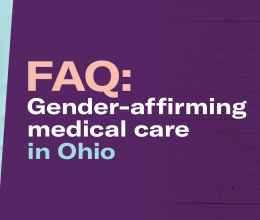Discrimination can make it difficult to earn a living, find long-term housing, access affordable health care, and meet other basic needs.
This results in the overrepresentation of transgender and gender non-conforming people in homelessness and in our criminal justice system. Unfortunately, the violence and discrimination that many transgender and gender non-conforming people experience in daily life can often be worse while incarcerated.
Did you know?
In 2015, violence against transgender people rose 13%, while it dropped 32% overall in LGBTQ communities.
High Numbers of Transgender and Gender Non-Conforming People Face Incarceration
Numerous reports show how the criminal justice system effects lesbian, gay, bisexual and transgender people. Members of our most vulnerable populations, including transgender people, are disproportionately impacted by criminalization and mass incarceration. The intersections of race, dis/ability and class are crucial to understanding the harm caused by the criminal justice system to all members of the transgender and gender non-conforming community.
Did you know?
In a 2016 survey, 16% of transgender and gender non-conforming people stated they had spent time in jail or prison compared to 5% of all American adults.
What factors contribute to the high numbers of transgender people facing incarceration?
- Discrimination can make it more difficult to secure employment, find safe shelter and long-term housing, access affordable and culturally competent health care, and meet other basic needs. This results in LGBT people facing an increased risk of becoming homeless and/or relying on survival economics. These barriers leave LGBT people vulnerable to encounters with law enforcement and criminalization.
- For example, 1 in 5 (20%) transgender people in men’s prisons in California had been homeless just prior to their incarceration.
- Additionally, in a survey of LGBTQ youth in New Orleans, 87% of LGBTQ youth of color had been approached by the police.
What aspects of incarceration impact transgender and gender non-conforming people more frequently and more severely?
- LGBTQ people are frequently placed in solitary confinement for “safety reasons” and transgender people are regularly placed in facilities that do not conform to their gender identity.
- For example, a 2016 report found that 28% of LGBT people in prison had been placed in solitary confinement during the past year compared to just 18% of heterosexual people in prison.
- Solitary confinement is not a suitable safety plan due to its damaging effects on prisoners.
- Transgender people also face sexual assault at rates 12 times greater than other incarcerated people. 24% of transgender people in prisons and jails reported being sexually assaulted by another prisoners compared to 2% of the general prison population.
What additional barriers do transgender people face in re-entry once released?
- Barriers to employment, housing and public accommodations due to discrimination already place LGBT people at a significant disadvantage. Probation, parole, and re-entry programs fail to take these additional barriers into account.
- Having a criminal record harms LGBT people’s ability to support themselves and be a part of their families and communities
- The LGBT population faces unique needs for support in finding housing, jobs, and accessing essential services, due to experiencing high rates of discrimination and the frequent lack of family support.
DISCLAIMER – The information on this website is not, nor is it intended to be, legal advice. Every case depends on the specific facts and circumstances involved. To submit a complaint for review, please go to our Legal Help page.








